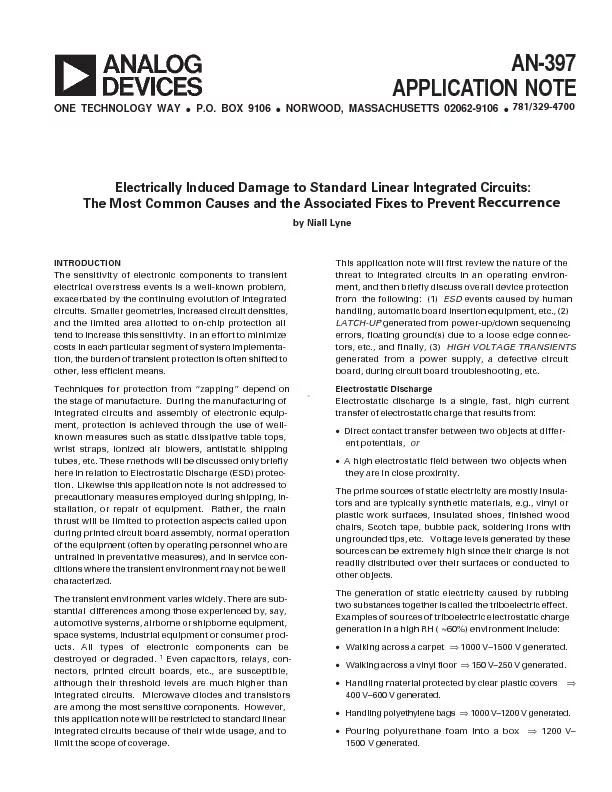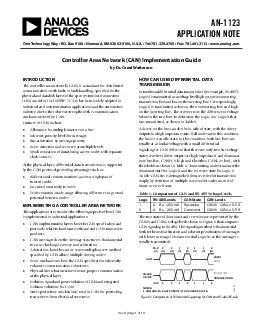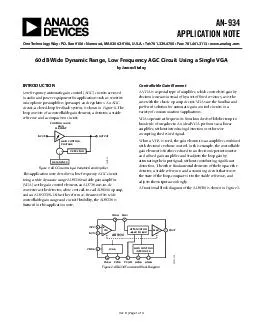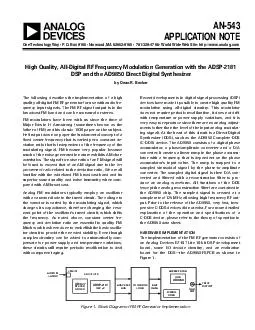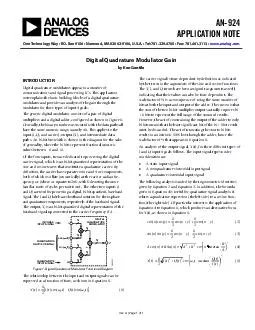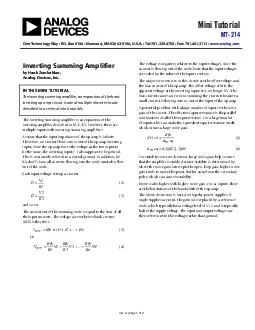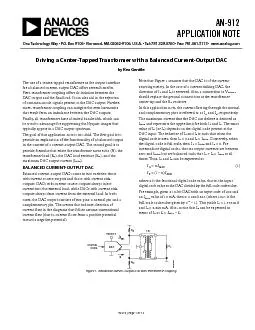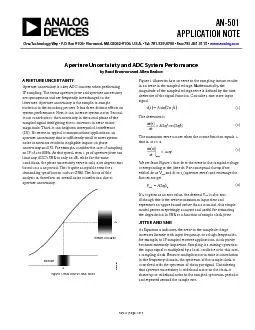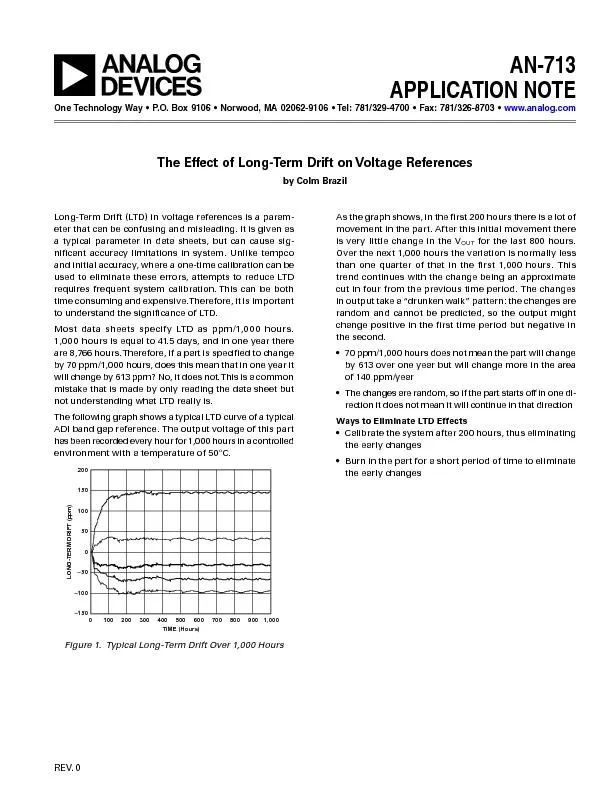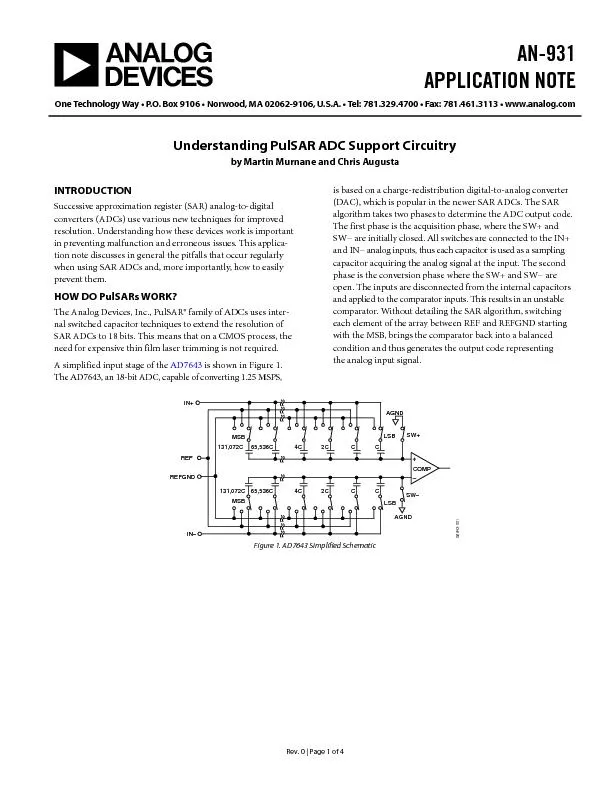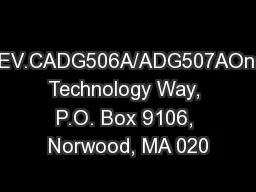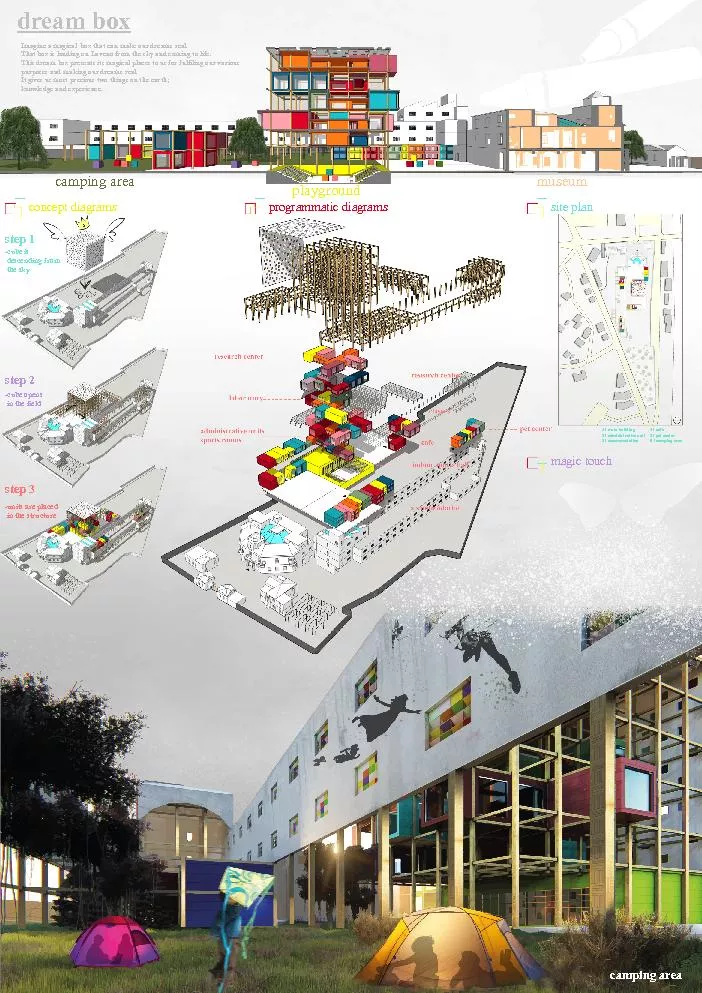PDF-APPLICATION NOTEONE TECHNOLOGY WAY P.O. BOX 9106
Author : marina-yarberry | Published Date : 2016-03-19
a 7813294700 those listed above HVPS t Figure 1Human Body Model I t 200pF Figure 2Machine Model 1 DIELECTRICGROUND PLANE DISCHARGECHARGE t Figure 3Charged Device
Presentation Embed Code
Download Presentation
Download Presentation The PPT/PDF document "APPLICATION NOTEONE TECHNOLOGY WAY P.O...." is the property of its rightful owner. Permission is granted to download and print the materials on this website for personal, non-commercial use only, and to display it on your personal computer provided you do not modify the materials and that you retain all copyright notices contained in the materials. By downloading content from our website, you accept the terms of this agreement.
APPLICATION NOTEONE TECHNOLOGY WAY P.O. BOX 9106: Transcript
Download Rules Of Document
"APPLICATION NOTEONE TECHNOLOGY WAY P.O. BOX 9106"The content belongs to its owner. You may download and print it for personal use, without modification, and keep all copyright notices. By downloading, you agree to these terms.
Related Documents

